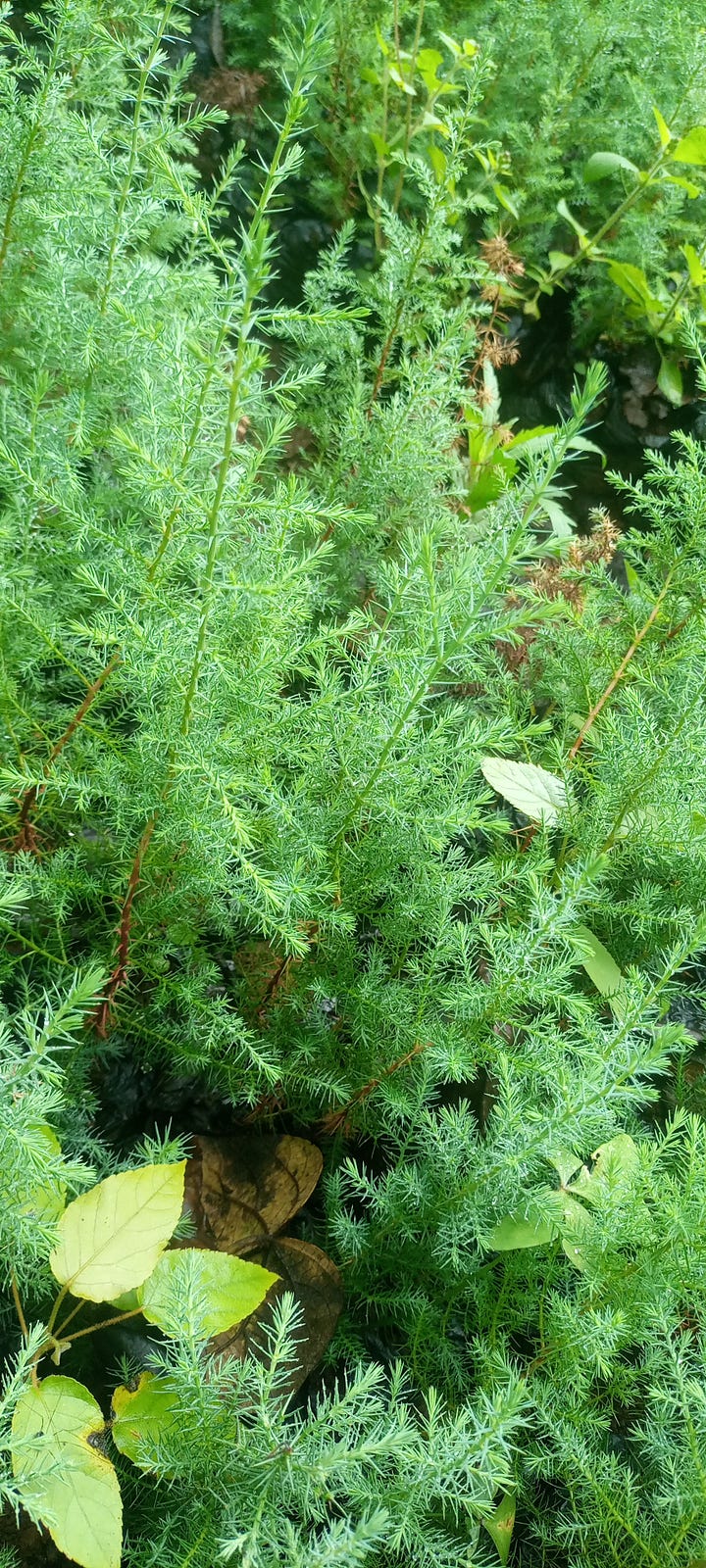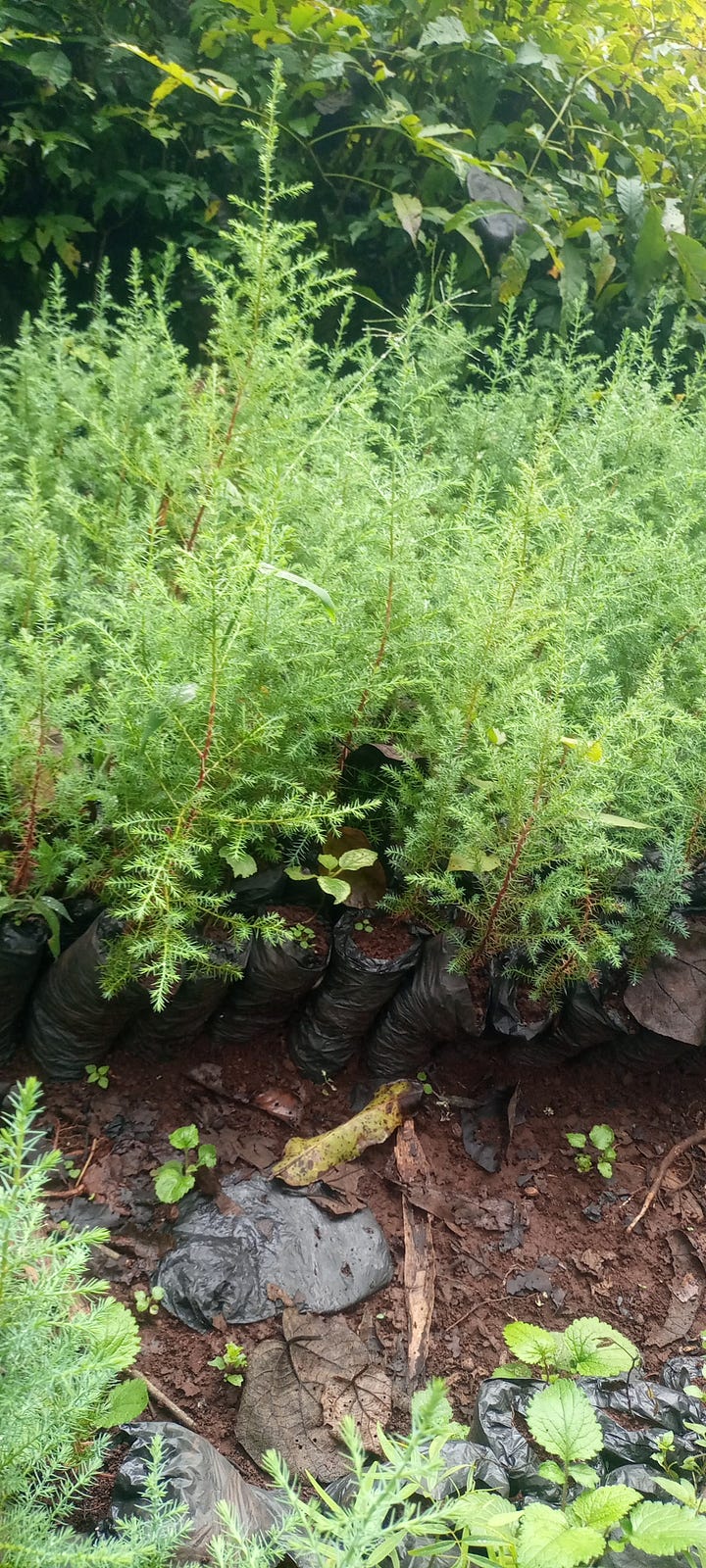Written by Collins Omanga


Cypress Lusitanica is among the most popular tree species grown in Kenya. Among the reasons for the popularity of this tree is its versatile uses which range from being used as a live fence, wood and most importantly, timber. Furniture made from Cypress timber is common in many furniture parlours. Cypress timber is also most preferred in construction of timber houses in areas of the Rift Valley like Timau, Nakuru, Uasin Gishu and other North Rift Counties. Due to its wide variety of uses and popularity in the local market, it is a no brainer that any farmer who considers agroforestry a serious option should look at Cypress as an option.
Germination and growing conditions;
Cypress is grown from seed. Mature cypress seeds are brownish in colour and can take between two to three weeks to germinate on the nursery bed depending on the prevailing weather conditions. Avoid seeds which may appear whitish in colour since this might imply the seeds were harvested before complete maturity. For fast germination when germinating on the nursery bed, you can soak the seeds in lukewarm water before putting them on the nursery bed.
To grow Cypress trees, you require a moist well drained soil and well distributed rainfall. For this reason, Cypress trees mostly do well in the highland regions of Rift Valley and the greater Mount Kenya region.
Spacing, planting and harvesting.
Once the Cypress seedlings in the nursery reach thirty centimetres and above, they are considered ready to transplant to the seedbed. Check for a strong and well maintained seedling whose roots have been pruned and recovered from the shock. When transplanting the ready seedlings, aim for a spacing of between two to two and a half metres between plants and three metres between the plant rows. This spacing ensures that every plant gets adequate space to get nutrients and establish a healthy root system.
A farmer may consider thinning the trees once they have grown to establish a healthy tree stand. Pruning of the branches should also be done periodically to ensure that the main stem achieves a good size and subsequently a better market valuation.
For timber, trees are mainly harvested after twenty to twenty five years of growing. The trees may be harvested earlier but we think that this growing period provides the best return for farmers.
You can get quality planting ready seedlings at our nursery in Gitoro, Meru.


